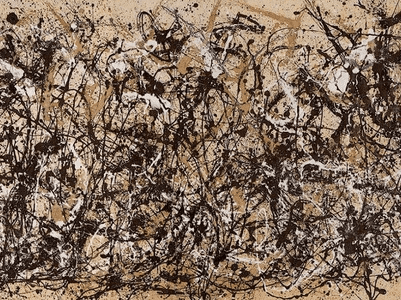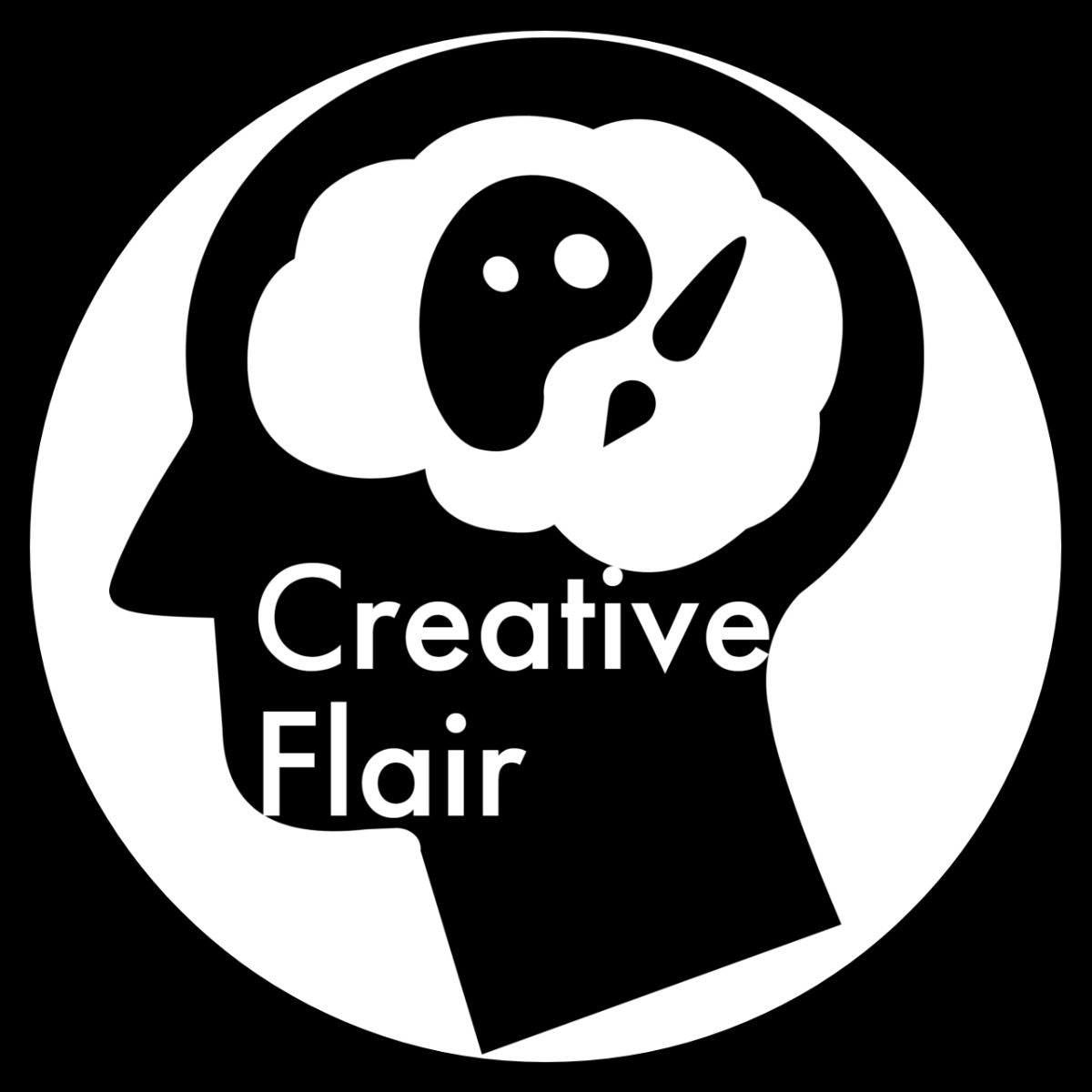Abstract Expressionism Simplified
In the 1940s and 1950s, American artists such as Jackson Pollock, Mark Rothko, and Willem de Kooning produced new kinds of abstract art known as abstract expressionism. It’s known for its expressive brushstrokes or mark-making, as well as the feeling of spontaneity.
Summary of Abstract Expressionism
The movement’s name, “Abstract Expressionism” was never a good fit for the movement, which sprang out of New York in the 1940s and 1950s. It was intended to include not just the work of painters who used fields of colour and abstract shapes to fill their canvases, but also those who used aggressive gestural expressionism to assault their canvases. Despite this, Abstract Expressionism has become the most widely recognised name for a group of painters that had a lot of similar interests. All were devoted to art as self-expression, born of deep feeling and universal ideas, and most were influenced by Surrealism’s legacy, which they transformed into a new style appropriate for the postwar climate of fear and trauma. These New York artists’ success dethroned Paris as the leader of contemporary art, paving the way for America’s domination of the worldwide art scene.
- Many Abstract Expressionists were strongly inspired by Surrealism’s concentration on mining the unconscious, which was introduced to New York by political instability in Europe in the 1930s. It piqued their interest in mythology and archetypal symbolism, and it moulded their perception of painting as a battle between self-expression and subconscious chaos.
- The majority of Abstract Expressionism’s artists reached maturity in the 1930s. They were influenced by the socialist politics of the time and began to respect personal experience-based art. Many continued to adopt the pose of vocal avant-gardists, despite the fact that few would maintain their prior extreme political ideas.
- The Abstract Expressionists were hailed as the first genuinely American avant-garde after maturing as artists at a period when America was suffering economically and feeling culturally isolated and provincial. Their work was praised for being distinctly American in character, with enormous size, romantic atmosphere, and expressions of rugged individual independence.
- Despite the fact that the movement has been largely depicted in historical documentation as belonging to the paint-splattered, heroic male artist, there were several important female Abstract Expressionists who emerged from New York and San Francisco during the 1940s and 1950s and are now recognised as essential members of the canon.
Why is it Called Abstract Expressionism?
The abstract expressionists became known as the New York school since they were primarily located in New York City. The term alludes to their desire to create work that was both abstract and expressive or emotional in nature.
Everything About Abstract Expressionism
The Beginnings
The fact that the movement’s beginnings were in figurative painting in the 1930s is one of the movement’s many contradictions. Almost all of the artists who went on to become abstract painters in New York in the 1940s and 1950s were inspired by the Great Depression, and they grew up painting in styles influenced by Social Realism and the Regionalist movements. Most had abandoned such techniques by the late 1940s, but they had learnt a lot from their early work. It bolstered their dedication to a form of art based on personal experience. Painting murals inspired them to produce abstract paintings on a similar enormous scale later on.
In the 1930s, artists in New York benefited from an increasingly sophisticated network of museums and galleries that hosted important contemporary art exhibits. “Cubism and Abstract Art,” “Fantastic Art, Dada, Surrealism,” and a major retrospective of Pablo Picasso were among the exhibitions at the Museum of Modern Art. The Museum of Non-Objective Painting, subsequently known as the Solomon R. Guggenheim Museum, opened in 1939 and included a significant collection of Wassily Kandinsky’s paintings.
In the 1930s and 1940s, many European modernists fled to New York to escape political turmoil and war. Some, like Hans Hofmann, a painter and instructor, would have a direct impact. Hofmann had spent the early years of the century in Paris, where he encountered painters such as Pablo Picasso, Henri Matisse, and Georges Braque, all of whom had built massive names in New York’s art world. Through his comprehensive grasp of Cubism and appreciation of Matisse’s Fauvism, which was underestimated by many in New York, Hoffman was able to convey many of these concepts to his students.
As a result of all of this activity, New York’s painters were well aware about contemporary European art trends. Many people felt inferior as a result, but by the 1940s, these emotions had faded. Personal contacts with numerous exiled Europeans, including André Breton, Salvador Dal, Arshile Gorky, Max Ernst, Piet Mondrian, and André Masson, helped to remove part of their mythological reputation. Many Americans felt encouraged to transcend European influence, to establish a vocabulary of painting that was suitable to their own nation, while Europe struggled under authoritarian governments in the 1930s and subsequently got engulfed in war.
Many conditions were in place by the late 1940s to give rise to the new movement – as diverse and divergent its artists’ work may have been. With his personal change from representational to big, abstract works in the years immediately following World War II, Clyfford Still is credited with kick-starting the trend. Jackson Pollock created his trademark drip technique in 1947. Willem de Kooning held a significant display at the Charles Egan Gallery the next year, when he presented his Women paintings, in which he notably removed composition, light, arrangement, and connections from his female portraits, transforming figuration into abstraction.
With the painting Onement I, Barnett Newman had his creative breakthrough, while Mark Rothko began painting the “multi-form” paintings that would lead to his mature period’s renowned works. In 1951, 18 like-minded painters staged a boycott of the Metropolitan Museum’s contemporary art exhibition “American Painting Today – 1950.” They were then coerced into appearing for a Life magazine picture and given the moniker “The Irascibles.” The work popularised the term Abstract Expressionism and gave the movement a feeling of unity and purpose.
Concepts in Abstract Expressionism
Surrealism had a unique impact on the Abstract Expressionists’ ideas and conceptions. Despite their reservations about the European movement’s overt Freudian symbolism, the American artists were inspired by its concern in the unconscious, as well as its strain of primitivism and fascination with mythology. Many people were fascinated by the theories of Swiss psychiatrist Carl Jung, who believed that aspects of the collective unconscious had been passed down through the millennia through archetypal symbols, or primal pictures, that had formed recurring patterns.
Pollock’s interest in primal themes surfaced frequently before he began his drip paintings. A gloomy wolf is covered with lines and swirls in his She-Wolf work, which he characterised as “came into existence because I had to paint it,” Despite the artist’s refusal to disclose its substance, it was created during a time of global crisis and has been likened to the storey of Rome’s founding, in which the wolf suckled the twin founders Romulus and Remus. Adolph Gottlieb, for example, used archetypal symbolism extensively in his paintings. A cross, an egg, or an arrow could appear to represent widely understood psychological concepts.
The End of Abstract Expressionism
In other aspects, the style had run its course by the mid-1950s. The most significant successes of the movement were frequently based on a struggle between chaos and control. This could only be interpreted in a variety of ways Some painters, like Newman and Rothko, had developed a style that was so reductive that there was little possibility for growth – and changing course would have diminished the grandeur of their strong hallmarks.
Abstract Expressionism had completely lost its role at the heart of critical debate by the late 1950s, and a new generation was on the verge of triumph. Nonetheless, the movement’s legacy would be significant. When Allan Kaprow published a piece for ART News in 1958 titled “What is the legacy of Jackson Pollock?” he recognised it. Pollock’s influence was seen in places where performance was significant, such as the Japanese Gutai movement and the Viennese Actionists, and his response pointed beyond painting. However, the movement’s overall effect would be seen by painters developing in following decades.
Key Art in Abstract Expressionism
Autumn Rhythm (1950)
Artist: Jackson Pollock

Pollock’s famed “drip” paintings, in which paint was spilled, splattered, and applied by the artist in a very physical manner from above to a canvas that lay on the ground, are exemplified by this artwork. This method of conveying interior emotional turmoil via gesture, line, texture, and composition was a turning point in Pollock’s career and contributed to establish the New York School of artists. The term “action painting” was coined by critic Rosenberg in response to these works. And the growth of Abstract Expressionism was inextricably linked to this odd blend of chance and control.
Vir heroicus sublimis (1950-51)
Artist: Barnett Newman

“Man, heroic and sublime,” as it is translated. Vir heroicus sublimis was Newman’s biggest painting at the time, measuring 95″x213″, but he would go on to produce much larger works. A wide expanse of dark crimson is interrupted twice by vertical lines that Newman refers to as “zips.” He felt that by using an abridged trademark theme, he could express human traits that were echoed in ancient art. He was a Color Field painter because he encouraged audiences to observe his works from a close vantage point, enabling the colours to totally surround them.
Chief (1950)
Artist: Franz Kline

Franz Kline began his career as a figurative painter, and he was known for projecting enormous pictures of his sketches onto the wall to utilise as inspiration for his paintings. He blew up an image too much one day, leaving just a part of it in big, thick black strokes. He became so enamoured with abstraction that he decided to start painting it. The works appeared to vibrate with an energy that tied them believably to their titles, while being completely unrecognisable in terms of their original topic. Kline’s work was also known for its vibrant palette of powerful black and white strokes; he made a point of painting the white instead of depending on the canvas to do so.
Information Citations
En.wikipedia.org, https://en.wikipedia.org/.
Recommend0 recommendationsPublished in Art History, Art Movements, Resources


Responses